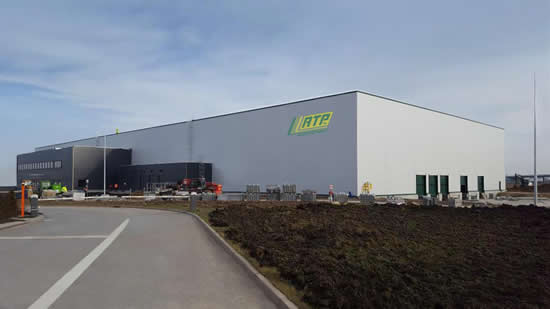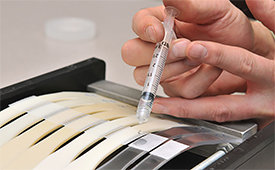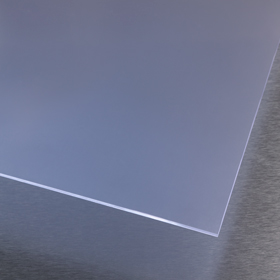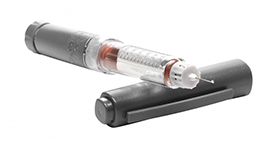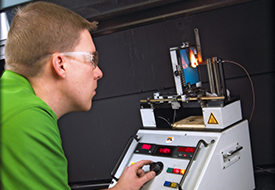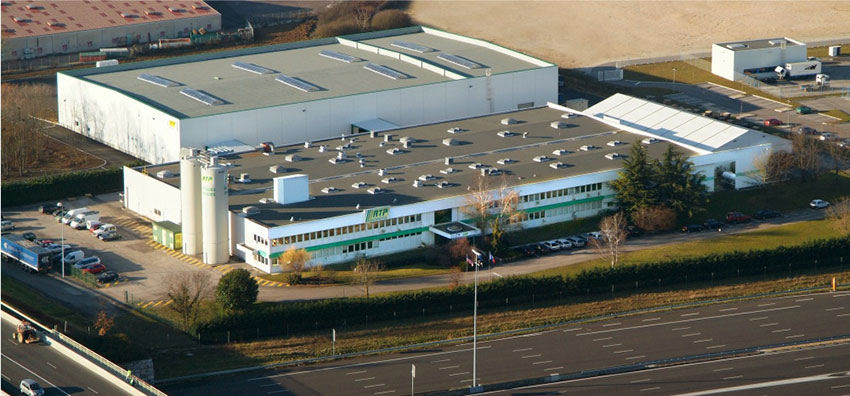Global custom engineered thermoplastics compounder RTP Company has invested in a state-of-the-art quality assurance (QA) laboratory at its Winona, Minn., manufacturing facility. The new lab provides the company with streamlined operational efficiencies and expanded material testing capabilities necessary to meet the needs of global OEM users of specialty compounds.
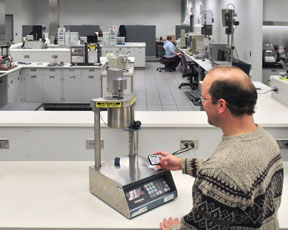
RTP Company’s new QA lab provides expanded testing capabilities and improved efficiencies to help meet marketplace demands.
RTP Company’s new QA lab provides expanded testing capabilities and improved efficiencies to help meet marketplace demands.
“Our commitment to quality is evident to anyone who visits this facility,” said Patrick McCamley, QA Manager at RTP Company. “Over the years, RTP Company’s QA lab has grown and refined its repertoire of testing capabilities to meet changing industry requirements. Our new lab adds even more testing capabilities, reducing production time by enabling us to conduct advanced testing in-house.”
Recent acquisitions include fully automated robotic mechanical testing, elastomer-specific mechanical testing, and specialized analytical testing. New analytical capabilities include equipment to conduct infrared spectroscopy and ionic purity analysis, which allows RTP Company to characterize materials even further than standard properties commonly found on product data sheets.
The 3,500 sq. ft. (325 m2) lab’s design features concentrated, specified work centers. “This clean and smartly-designed testing facility houses all our equipment and staff in two rooms, which enables excellent user communication and close proximity of all testing activities,” said McCamley. Additionally, in-process testing on the plant floor during manufacturing has been expanded to provide early validation that quality requirements are being met.
Workflow improvements allow QA engineers to service the testing needs of manufacturing, research and development, and technical service departments all within a single area. “This approach,” according to McCamley, “provides personnel with unique test equipment continuity, which is essential throughout all our processes – from developing new products all the way through production.”
Not only is testing broken down into individual and easily identifiable stations, but the layout was specifically designed to accommodate tours. “This lab’s design is particularly visitor-friendly,” said McCamley. “Engineers are able to bring customers into the lab and let them physically observe their testing in progress.” A fully-equipped conference facility is located adjacent to the lab, allowing visitors to quickly and easily communicate results to colleagues.”





